A 1937 half dollar is worth a minimum of $20, with value increasing based on condition and mint mark. Circulated coins typically range from $20-$160, while uncirculated examples can reach hundreds or thousands of dollars.
The mint mark significantly affects value: 1937-P (Philadelphia, no mint mark) is most common and least valuable in high grades; 1937-D (Denver) commands premium prices in uncirculated condition; 1937-S (San Francisco) is rarest and most valuable in high grades.
Uncirculated values vary: 1937-P around $188-$390 (MS-60 to MS-64), 1937-D approximately $275 (MS-60), and 1937-S about $215 (MS-60). Higher grades MS-66 or MS-67 can exceed $1,000. To determine value, check the mint mark on the coin’s reverse and assess condition through professional grading services for accurate valuation.
That silver half dollar from 1937 sitting in your collection could be worth anywhere from twenty dollars to over a thousand, depending on three critical factors: its mint mark, condition grade, and any striking errors it might carry. The Walking Liberty Half Dollar series includes some surprisingly valuable pieces from this year, especially those minted in San Francisco or Denver with exceptional preservation. Understanding what separates a common twenty-dollar coin from a four-figure specimen starts with knowing exactly what you’re looking at.
Understanding the 1937 Walking Liberty Half Dollar Basics
The 1937 half dollar features Adolph Weinman’s iconic Walking Liberty design, struck in ninety percent silver with a composition of 0.36169 troy ounces of pure silver. Three mints produced these coins in 1937: Philadelphia struck 9,527,000 pieces with no mint mark, Denver produced 1,676,000 coins marked with a “D,” and San Francisco minted 2,090,000 pieces carrying an “S” mark. These mintage numbers directly impact value, with the Denver issue being the scarcest in absolute terms.
To identify your coin’s origin, flip it over and examine the reverse side near the bottom, just above the branch that Liberty holds. The mint mark appears as a small letter in this location. No mark indicates Philadelphia production. The metal content alone gives these coins a baseline value of approximately fifteen to eighteen dollars based on current silver prices, but numismatic premiums quickly exceed this melt value for most examples.
The grading scale runs from Good-4 (heavily worn but date visible) through About Uncirculated-50 (slight wear on highest points) to Mint State grades from MS-60 to MS-70 (perfect condition). Professional grading services like PCGS and NGC authenticate and assign these numerical grades, which dramatically affect market prices.
Value Breakdown by Mint Mark and Grade
| Grade | 1937-P (Philadelphia) | 1937-D (Denver) | 1937-S (San Francisco) |
|---|---|---|---|
| Good-4 | $20 | $22 | $21 |
| Fine-12 | $24 | $28 | $26 |
| Extremely Fine-40 | $45 | $65 | $55 |
| About Uncirculated-50 | $85 | $120 | $95 |
| MS-60 | $188 | $275 | $215 |
| MS-63 | $245 | $425 | $340 |
| MS-64 | $390 | $650 | $520 |
| MS-65 | $850 | $1,450 | $1,100 |
| MS-66 | $1,850 | $3,200 | $2,400 |
The Philadelphia mint coins represent the most common variety, with nearly ten million struck compared to the branch mints’ lower production. Circulated examples in Good to Fine condition trade for twenty to thirty dollars, barely above silver content. The value trajectory changes significantly at the Extremely Fine level, where original luster begins appearing in protected areas, pushing prices to forty-five dollars and higher.
Denver-minted specimens command the strongest premiums in uncirculated condition. A 1937-D grading MS-64 typically sells for $650 according to Heritage Auctions 2023 records, while the same grade from Philadelphia brings $390. This $260 difference reflects both lower survival rates and stronger collector demand for branch mint coins with sharp strikes. The Denver facility frequently produced Walking Liberty halves with weaker details due to die issues, making well-struck examples particularly desirable.
San Francisco coins occupy middle ground for value. The 1937-S benefits from generally superior strike quality compared to Denver issues, though not always matching Philadelphia’s technical excellence. An MS-65 specimen from San Francisco sold for $1,100 at a Stack’s Bowers auction in January 2023, demonstrating strong collector interest in gem-quality branch mint coins.
Identifying Valuable Errors and Varieties
Several recognized errors exist for 1937 Walking Liberty half dollars, though none reach the extreme values seen in other series. The most common error involves doubled die features, particularly visible on the obverse motto “IN GOD WE TRUST” or the date digits. Examine these areas under ten-power magnification looking for distinct doubling that creates a shadow effect on letters or numbers. Authenticated doubled die examples typically add one hundred to three hundred dollars to base values depending on the doubling’s strength and overall coin grade.
Repunched mint marks appear on some 1937-D and 1937-S coins where the mint mark punch was applied multiple times in slightly different positions. This creates a doubled or tripled appearance of the “D” or “S” mark. GreySheet reported a 1937-S RPM (repunched mint mark) variety in MS-63 selling for $485 in 2023, compared to $340 for a regular strike in the same grade.
Off-center strikes occasionally surface, where the planchet was improperly centered in the collar during striking. Values depend heavily on the error’s dramatic nature and whether the date remains visible. A five percent off-center strike with full date adds minimal premium, perhaps twenty-five to fifty dollars. A fifteen percent off-center example in uncirculated condition could bring two hundred to four hundred dollars from error collectors.
Lamination flaws occur when impurities in the silver planchet cause the metal to separate in layers, creating raised or peeling areas on the coin’s surface. While these manufacturing defects are collectible, they typically add only modest premiums of fifteen to sixty dollars unless particularly dramatic. Look for coins where metal has actually separated or peeled away from the surface.
Strike Quality and Its Impact on Value
Strike quality separates common uncirculated coins from premium specimens within the same numerical grade. The Walking Liberty design presents specific challenge areas where weak striking commonly appears: Liberty’s left hand, the lines in her skirt, and the eagle’s breast feathers on the reverse. A coin graded MS-64 with full, sharp details across all design elements can command twenty to thirty percent more than a mushy, weakly struck MS-64.
Denver mint coins from 1937 particularly suffer from strike weakness. Approximately sixty percent of surviving 1937-D half dollars show incomplete feather details on the eagle’s breast, even in uncirculated grades. Collectors specifically seek “Full Details” specimens where every feather shows complete separation. A 1937-D graded MS-65 with full details sold for $2,100 at a Heritage auction in March 2023, while typical MS-65 examples without this designation brought $1,450.
Philadelphia strikes generally exhibit superior sharpness, though individual die states varied throughout the production run. Early die state coins with fresh, unworn dies display the crispest details. As dies wore from striking thousands of coins, details became progressively mushier. Examining multiple coins side-by-side reveals these differences clearly, with sharp strikes showing distinct separation between design elements.
Luster quality also affects desirability within grades. Original mint luster appears as a satiny, flowing sheen across the coin’s surface. Some coins develop attractive toning over decades, ranging from golden to blue-gray hues. Light, even toning often adds five to fifteen percent premiums for eye appeal. Heavy, dark, or splotchy toning typically reduces values below standard pricing guides.
Authentication and Grading Considerations
Professional grading provides the most reliable value assessment for 1937 half dollars worth more than one hundred dollars. PCGS and NGC, the two dominant grading services, encapsulate coins in tamper-evident holders with assigned grades and unique certification numbers. Grading fees typically range from thirty-five to seventy-five dollars depending on service level and declared value, representing worthwhile investment for coins potentially worth several hundred dollars or more.
Raw (ungraded) coins trade at discounts of fifteen to thirty percent compared to certified examples in equivalent condition. This reflects buyer uncertainty about actual grade and authenticity. If purchasing raw coins, carefully examine surfaces for artificial toning, cleaning, or environmental damage. Cleaned coins show hairline scratches under magnification and lack natural luster, typically reducing values by forty to sixty percent.
Counterfeit 1937 half dollars remain relatively uncommon compared to earlier key dates, but fakes do exist. Genuine coins weigh 12.50 grams and measure 30.6 millimeters in diameter. Chinese-manufactured counterfeits often miss these specifications by small amounts. A precision scale reading 12.3 grams or 12.7 grams raises immediate red flags. Edge reeding should show approximately 150 distinct vertical lines around the coin’s circumference.
Die diagnostics help authenticate specific varieties and errors. Reference books like “A Guide Book of Walking Liberty Half Dollars” by Q. David Bowers provide detailed die markers for major varieties. Reputable dealers belong to PNG (Professional Numismatists Guild) or ANA (American Numismatic Association), organizations requiring adherence to ethical standards and offering dispute resolution.
Building Value Through Smart Acquisition
The 1937 Walking Liberty half dollar market offers opportunities at multiple price points. Collectors on modest budgets can acquire circulated examples from all three mints for under one hundred dollars total, providing affordable exposure to this classic design. These coins make excellent type set representatives, showcasing Weinman’s artistry without breaking the bank.
Investors seeking appreciation potential should focus on certified MS-64 and MS-65 coins from Denver and San Francisco. These grades offer the sweet spot between affordability and scarcity, with sufficient market depth for eventual resale. An MS-64 set of all three 1937 mint marks costs approximately $1,460 based on current market levels, representing a portfolio of classic American silver with both numismatic and precious metal value.
Advanced collectors pursuing registry sets or completion goals often seek MS-66 and finer examples. Population reports from PCGS show only forty-three 1937-D half dollars graded MS-66, with just eight pieces finer. Such rarity drives prices above three thousand dollars for gem specimens. Registry competition also elevates values for coins with exceptional eye appeal or Full Details designations within their technical grades.
Estate sales, coin shows, and online auctions provide acquisition venues. Major auction houses like Heritage, Stack’s Bowers, and GreatCollections offer authenticated material with detailed photography and condition descriptions. Prices realized databases from these firms provide reliable market data for establishing fair value. Local coin shops sometimes offer opportunities to examine coins in person before purchasing, eliminating concerns about color accuracy in photographs.
You may be interested:
- 1859 Indian Head Penny Coin Value Complete Errors List And No Mint Mark Worth Guide For Collectors
- 1911 V Nickel Coin Value Guide Complete Errors List And No Mint Mark Worth Today
- 1902 Dime Coin Value Complete Errors List With O S And No Mint Mark Worth Guide
- 1788 Quarter Coin Value Complete Guide Errors List And D S P Mint Mark Worth Revealed
- 1776 To 1976 Bicentennial Half Dollar Coin Value Complete Errors List And What Your D S And No Mint Mark Coins Are Actually Worth
- 1990 Penny Coin Value Errors List How D S And No Mint Mark Pennies Are Worth Thousands Of Dollars

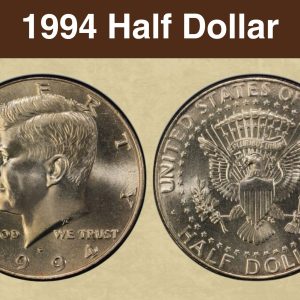
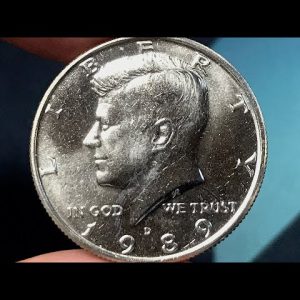
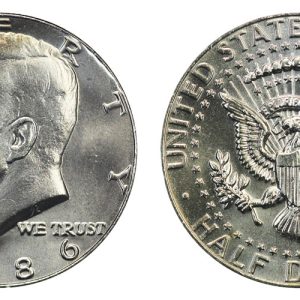
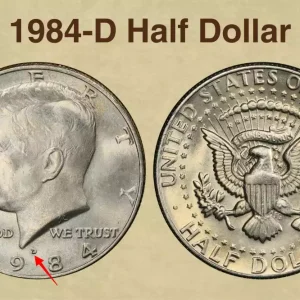
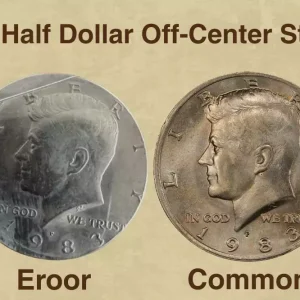
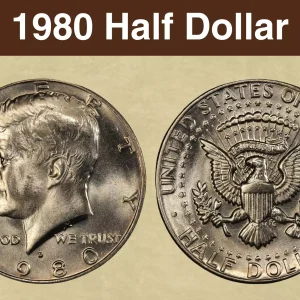
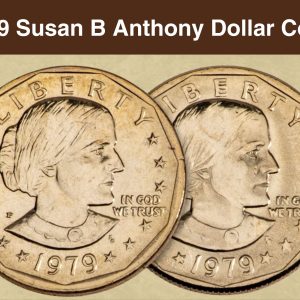
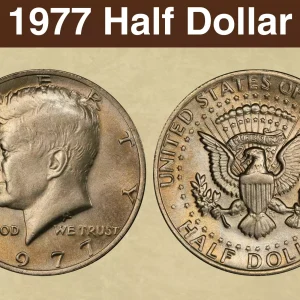
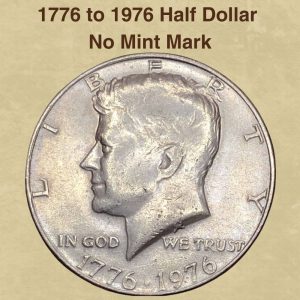
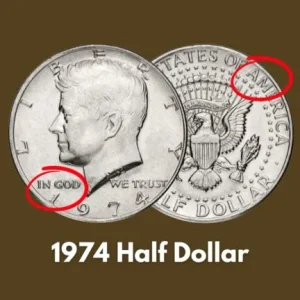
What makes a 1937 half dollar rare?
With only 5728 specimens originally struck, the 1937 is the second lowest mintage proof Walking Liberty half dollar. And as would be logical, it is also the second rarest, after only the 1936. Many 1937 proof halves are deeply mirror and have outstanding eye appeal.
How much is a 1937 half dollar worth?
A 1937 half dollar is worth a minimum of about $20, but its value can increase significantly based on its condition (grade) and mint mark (P, D, or S). Circulated coins are typically worth around $20 to $160, while uncirculated or “mint state” coins can be worth hundreds or even thousands of dollars, with the 1937-S and 1937-D being more valuable than the 1937-P in higher grades.
What is the hardest Franklin half dollar to find?
The early proof issues from 1950-1954 represent the most valuable regular-issue Franklin half dollars, with the 1950 proof commanding over $500 in Proof-65 condition. The low mintages—especially the 1950 proof with only 51,386 pieces—make these coins genuinely scarce.
How do you tell if you have a rare half dollar coin?
A half dollar becomes rare due to a combination of factors, including its year of mintage, silver content, unique mint errors, specific mint marks, and overall condition. Coins with historical significance, such as early 1964 Kennedy half dollars due to their 90% silver composition, are also more valuable. Errors like double dies or a lack of a mint mark on some coins can increase their rarity and worth significantly.